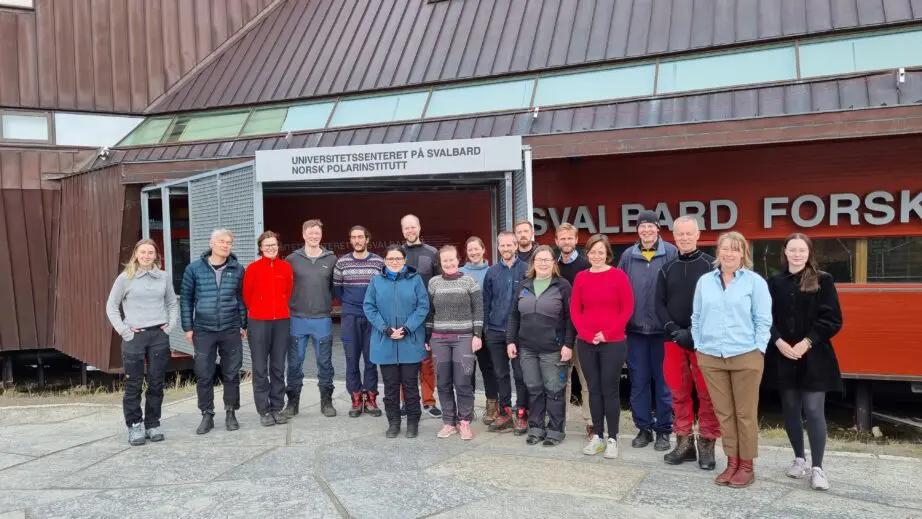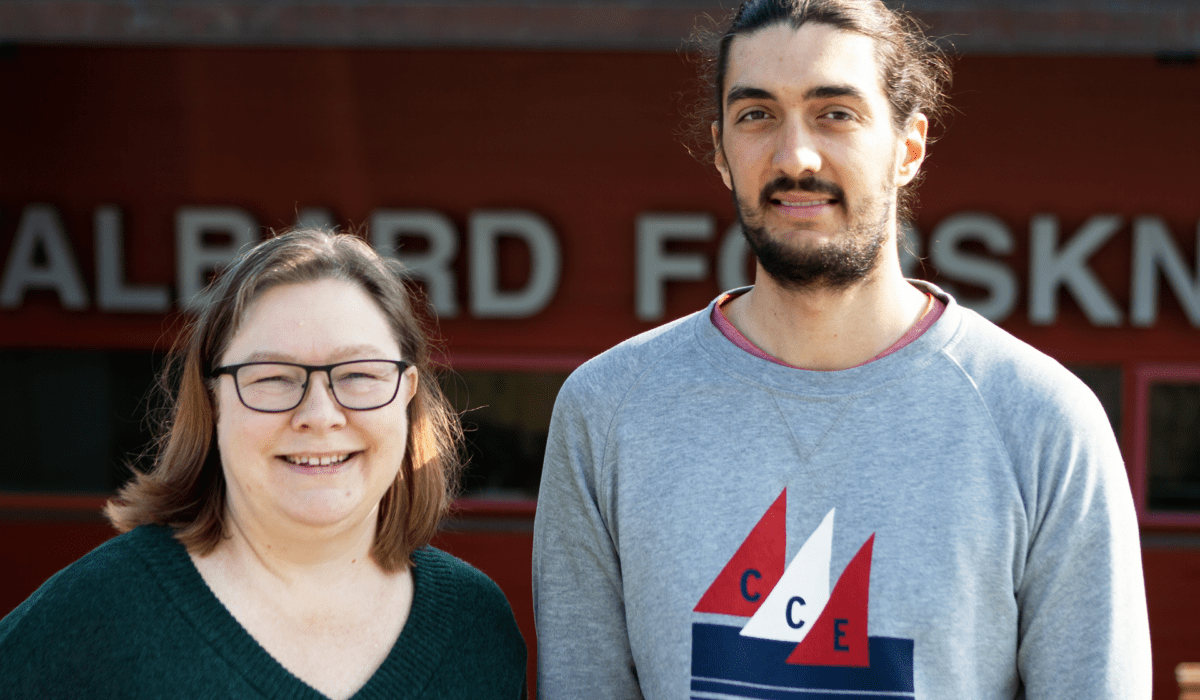Arctic technology joins a new project for renewable energy
Last week, Anna Sjöblom and the Arctic Technology department hosted two days kick-off meeting for the new ZEESA project, funded for four years by the Research Council of Norway and industrial partners such as Store Norske and Statkraft.

About twenty persons gathered to learn more about Svalbard and UNIS as a research institute. Their main goal during this four-year period is to develop reliable and cost-effective integrated thermal-electric renewable energy systems for remote settlements in the Arctic.
“The basic and applied research components ensure that the project is focused on finding solutions for the industry as well as advancing scientific knowledge for UNIS,” Anna says.
The green shift might be an opportunity both for UNIS and for Longyearbyen, and hopefully give new career opportunities in the High North.
What is ZEESA?
ZEESA is a consortium of partners, including Sintef AS, Sintef Energy AS, and Cicero. Also, Longyearbyen Lokalstyre, Svalbard Energi and Statkraft are included as users in what is a prestigious project for UNIS to be involved in.
With Longyearbyen and Isfjord Radio as cases, UNIS will contribute to forecasting and mapping wind and solar resources in the Arctic. Together with Sintef, UNIS is also involved in adapting solar cells to Arctic conditions and evaluating the impact of specific atmospheric processes on renewable energy production. Sintef will address the possibilities to utilize the waste heat in electricity production to reuse it as district heating for the community.
In addition to the hard data, Cicero will conduct in-depth interviews with local stakeholders – including residents – to understand the attitude towards, and expectations of the energy transition.
This is the first step towards establishing Longyearbyen as a knowledge and testing centre for renewable energy solutions used under arctic and northern conditions and provide valuable insights for renewable energy solutions in other remote and polar settlements.
“The hope is that the outcomes will be highly transferable and contribute to the extensive research on energy systems and smart-grid design for islands, local microgrids in remote, off-grid locations. If it works here, the findings will apply to other areas, also for export,” Anna says.

Gives a new PhD. Position
Anna also emphasises the university centre’s role as a knowledge-based societal contributor. She says it connects us with the local industry and makes us a part of the bigger picture.
For UNIS, it is an opportunity to educate arctic environment specialists at master’s and PhD levels to address future needs for specialists with a background in the arctic implementation of renewable energy infrastructure and its operation.
She doesn’t hide that the project also gives money to the department. The PhD candidate Jules Boulard is already on board to conduct research on forecasting renewable energies in the Arctic. He is supervised by Marius Jonassen in Arctic Geophysics and Anna Sjöblom herself.
Also, Jules emphasises the interdisciplinary approach as a strength; “I will mostly work with forecasting as a part of my PhD. I look forward to work together with partners from different disciplines, such as CICERO who´s task is to investigate the societal factors in the local community.”